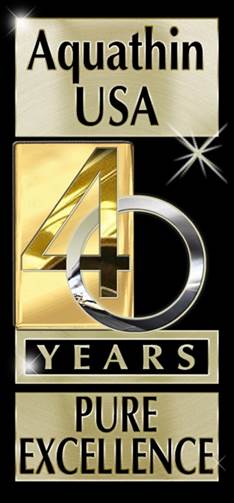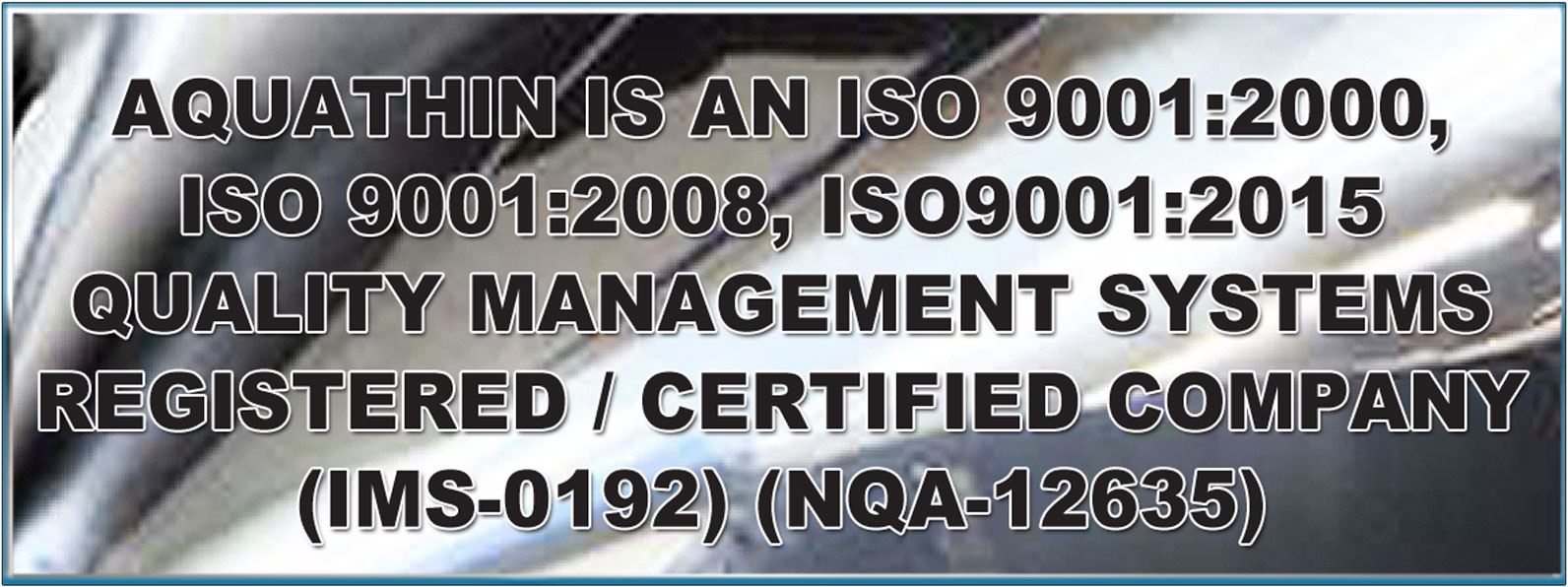Toxic discharges report released.
"Aquathin OP-ED Commentary"
We have had a lot of you email back to us as to just how incredible this article is.
SPECIAL NOTE--THE AMOUNT OF TOXIC WASTE REPORTED IS FROM ONE YEAR ONLY AND ONLY FROM REPORTING COMPANIES. JUST HOW MUCH
TOXIC WASTE WAS RELEASED FROM A TOTAL OF NON REPORTING COMPANIES AROUND THE WORLD !?!? THAT WOULD BE THE DEFINITION OF INCREDIBLE.
The total amount of toxic waste created in 1999 was almost 20 billion pounds. Now its hard to put a billion of anything into perspective...so here's a try. 20 billion pounds
worth of 5 pound bags of sugar laid end to end would be 757,576 miles in length. The moon is only 240,000 miles away.
Toxic discharges report released
WASHINGTON — The US Environmental Protection Agency (EPA) yesterday, 11 April, released its annual report on the amount of
toxic releases discharged by facilities throughout the country. The agency also announced steps being taken to make it easier for
industry to meet reporting requirements.
The Toxics Release Inventory (TRI) for 1999, the year of the most recent data, shows that when looking at all types of wastes, the
total quantity released increased by 5 percent, or almost 1 billion pounds, since facilities began reporting other waste management
data in 1991. The one-year increase from 1998 to 1999 was 323 million pounds or 1.4 percent.
However, several industries showed waste emissions decreases from year to year.
"This inventory is a powerful tool for helping to protect public health and the environment," said EPA Administrator Christie Whitman. "I
am pleased at the significant progress being made as trends continue downward …We're seeing constant decreases of emissions
to air, land and water, especially in the manufacturing industries where there has been a 46-percent decrease over the 12-year
history of the program."
To facilitate industry reporting requirements, the EPA has introduced a new computer software product, "TRIAL," which
provides reporting facilities easier access to all TRI reporting regulations and guidance on interpreting those regulations. This
system is available on EPA's TRI Web site and is included in the software package provided to companies for the reporting process
required by Congress under the Emergency Planning and Community Right-to-Know Act of 1986 (EPCRA).
The EPCRA law requires industrial facilities each year to publicly report the quantities of toxic chemicals released into the air, water
and land. The EPA analyzes the submitted data. Overall, the TRI includes information on releases and other wastes for 644 toxic
chemicals and chemical compounds.
There has been a chemical emissions decrease of 46 percent, or about 1.5 billion pounds, in the manufacturing industries over the
12-year history of the program. The one-year decrease from 1998 to 1999 was 2.5 percent.
TRI data include chemicals released as waste into the air, water or land, and other types of waste management, such as the chemicals
that are recycled, burned for energy recovery or treated, both onsite and off-site. Of those industries that began making TRI reports
beginning with 1998 emissions, coal-mining facilities reported a 9.7-percent decrease in releases from 1998 to 1999 and petroleum terminals
and bulk storage facilities a 5.5-percent decrease in releases.
The largest increase in total releases from 1998 to 1999 was reported by metal mining, an increase of 416.3 million pounds, or 11.7 percent.
For chemical wholesale distributors, total releases from 1998 to 1999 increased by 28.3 percent (435,000 pounds); waste
treatment, storage and disposal facilities by 2.7 percent (7.5 million pounds); and electric-generating facilities by 2.2 percent (24.9 million pounds).
The largest volume of chemical releases for all industries was reported by facilities in Nevada, followed by Utah, Arizona, Alaska,
Texas, Ohio, New Mexico, Pennsylvania, Indiana and Illinois.
The TRI program, adhering to the EPCRA law, began by covering the manufacturing industry and subsequently adding other
industries. TRI annual reports reflect releases and other waste management activities of chemicals, not exposures of the public to
those chemicals. The release estimates alone are not sufficient to determine exposure or to calculate potential adverse effects on
human health and the environment. The determination of potential risk depends upon many factors, including toxicity,
chemical fate after release, release location, and population concentrations.
FOR THE BEST TASTE IN LIFE
Think Aquathin...AquathinK!!!
Edited form Tech Bank 4/12/01


